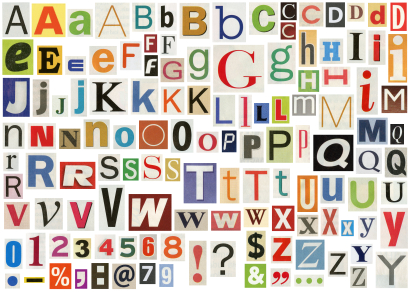Featured in Kids Enabled: And the Beat Goes On – How Timing Affects Learning
And the Beat Goes On – How Timing Affects Learning
By Beth Ardell, MPT
 The tick-tock of a metronome has long been used by pianists while practicing their craft. Research now suggests that students with learning differences who “stay on beat” can increase their focus, mental processing and cognitive abilities.
The tick-tock of a metronome has long been used by pianists while practicing their craft. Research now suggests that students with learning differences who “stay on beat” can increase their focus, mental processing and cognitive abilities.
Rhythm and research?As infants, we very quickly develop a sense of rhythm. In the games we play and the songs we sing, rhythm is a way for children to learn about their bodies and their environment. For children with learning differences, activities using rhythm are increasingly being used as a tool to increase mental fluency, thereby improving the effectiveness of many brain and body functions. Growing evidence suggests a link between mental timekeeping and cognition and learning. Children diagnosed with dyslexia may have deficiencies in their timing and rhythm abilities, and some researchers believe the connection between time/rhythm and learning may be so significant that a student’s response time to a metronome beat may predict performance on standardized reading tests. Students have demonstrated significant improvements in broad reading and reading fluency, language processing, and even golf performance after participation in a program to improve timing. In addition, studies have indicated improvements in children with ADHD in the areas of attention, motor control, language processing, reading and ability to regulate aggression after intervention using a metronome. High school athletes, also after receiving metronome training, reported benefits such as, “I am in the right place at the right time,” and “I feel my body is more in sync with my mind.” The team participating in this training reported a significantly more successful year with improved team focus, synchronization and overall team execution. A child’s timing, the ability to feel and express steady beat, is fundamental to movement and music, and has been shown to positively correlate with an increase in mathematics and reading abilities, as well as overall school achievement.




 ABC News recently posted an article by Carrie Gann, that talks about how some fonts could help people with dyslexia and other learning disabilities like APD and NVLD, better intake printed information. Christian Boer, the Dutch graphic artist who designed the font is dyslexic himself and fully understands the struggle that people go through when reading.
ABC News recently posted an article by Carrie Gann, that talks about how some fonts could help people with dyslexia and other learning disabilities like APD and NVLD, better intake printed information. Christian Boer, the Dutch graphic artist who designed the font is dyslexic himself and fully understands the struggle that people go through when reading. 
